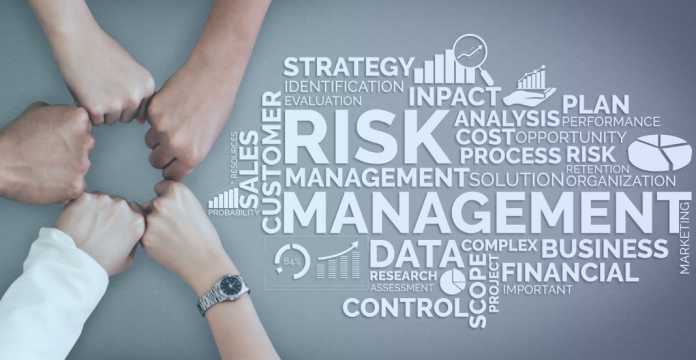
Risks exist in all industries. Organizations across different sectors need to understand the various threats they face, now and in the future, and risk management examples to come up with different ways to manage those risks. Different companies have different challenges and priorities when it comes to risk management.
For example, when it comes to banks, according to a recent study, it was noted that banks rank their biggest risk management challenges as:
- Operational risk, which would include risks to cybersecurity and other third-party risks
- Risk dealing with compliance
- Credit risk
These examples are just a few types of risks that organizations need to consider when they want to implement their risk management system. When companies have their risk management priorities, it will help them find a system that meets their needs best. When it comes to financial institutions, for example, their top risk management priorities are considered to be:
- Improving the quality of data
- Making the data more readily available
- Creating more accurate timeliness of risk data
- Improving existing risk information systems as well as the technology infrastructure to combat it
Risk Management
Now that there is a better understanding of what companies face types of risks and what is considered to be a priority, it would only be beneficial if companies had a better idea of the examples of risks they could face. Mentioned below in the article, we have some of the most common examples of risk management and what they mean.
Commonly Used Risk Management Examples
Risk Avoidance
The best way to explain risk avoidance would be to take the example of an investor trying to manage his/her risk in the company that they invested in. If the company they have invested in is going through losses and decide to sell their investment (stock) in the company, they can exclude it from their list of investments, it is considered risk avoidance.
Customer Credit Risk Management
When it comes to the retail industry, there is always a risk because of the external factors involved. One such external factor is customer credit, which can really impact the profits of the company. If companies conduct a customer credit risk analysis and find that things are not going so well, they can manage their risk. This can be done by stopping the extensions on invoices to the customers the company views as high risk so that it can eliminate further risk.
Industry-Specific Strategy
Take the manufacturing industry as an example. One organization wants to manufacture a new product. Before they can start production for the same, they have to follow standard risk analysis methods and conduct the risk analysis to understand the level of risk the company can face. Then they can decide if the benefits of manufacturing the new product can outweigh the risks that come with it or not.
Elimination of Contract Risk
When investors make investments overseas, there can be external risks to the company. The foreign exchange rates can fall, which can lead to losses, which is considered to be a big threat to the investor. To deal with this risk, the investor can make the contracts in USD and keep themselves safe.
Compliance Risks
Maintaining regulatory compliance is a really important aspect of any institution, which can, in turn, become a huge risk. Companies need to ensure they have controls in place to monitor their organizations’ compliance on a regular basis. They need to monitor all their existing processes, procedures, and technologies and stay compliant. This can be effectively done with a risk management system.
Safety Risks
There can be a risk to the safety of the operations within the company. This needs to be analyzed and taken care of regularly as well. All maintenance processes need to be audited regularly to check for latent human error in the processes. This can also be handled very efficiently if companies implement a risk management system.
Information Security Risk
This is a part of cybersecurity. Any business’s data is one of its most valuable assets, and it needs to be protected. There are different ways in which data can be stolen, and data theft is a major risk to any organization. One of the many ways to combat this risk is to have controls in place for all incoming communications such as emails. They need to be scanned to make sure no suspicious ones are coming to the company, and even if they are, they are taken care of immediately.
Market Risk
Market risk is a common risk among nearly all industries. There is no guarantee that the product or service a company provides is going to be priced at the same value in the future. A lot of companies manage this risk by getting into early and long-term contracts with various investors so that their future is secured to some extent, regardless of the market conditions.
Risk Transfer
When companies aren’t well versed in all aspects of their risk, but they would still like to mitigate it, they transfer the risk. For example, a retail brand may not be fully equipped to manage all cybersecurity risks to the company, but the threat still exists. To manage it more efficiently, they can outsource all their information technology capabilities to a third party, holding them accountable, and thereby transferring their risk.
There are many other types of risks that companies across different industries face every day. This means there are more and more ways to manage these risks. They can include accepting the risk, risks to the supply chain, creating different models to understand the severity of their risks, risks for procurement, and other external risks such as the political climate, the dollar’s volatility, various environmental factors, and so on.
Risk management is a complex process because there are hundreds of different types of risks that companies need to be aware of. Many training and certification programs will impart knowledge for enterprise teams, which will help companies successfully mitigate risks and help the organization improve all its processes and generate more revenue.















